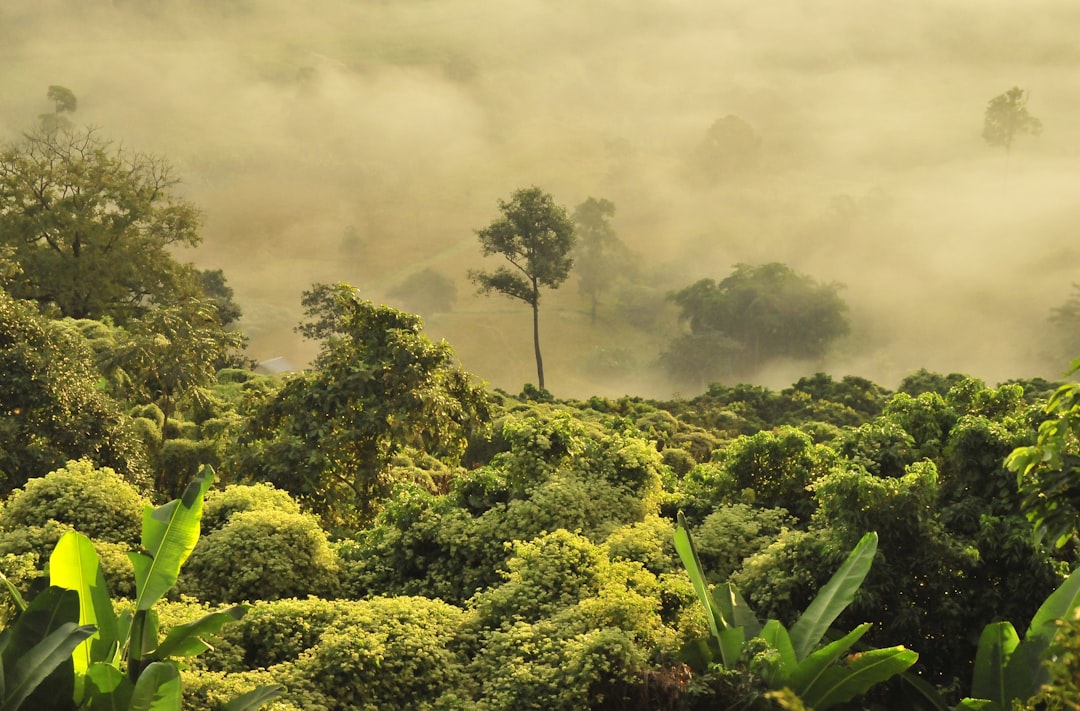What is it about?
• Interspecific differences in functional traits are a key factor for explaining the positive diversity-productivity relationship in plant communities. However, the role of intraspecific variation due to phenotypic plasticity in diversity-productivity relationship has largely been overlooked. By taking a wheat-maize intercrop as an elementary example of mixed vegetation, we show that plasticity in plant traits is an important factor contributing to complementary light capture in species mixtures.
Featured Image
Why is it important?
We developed a novel approach to identify the contribution of phenotypic plasticity, trait differences between species and canopy configuration to productivity benefits of a species mixture compared to single species stands. We show by virtual plant modelling that most of the complementarity effect in mixture is due to trait plasticity. Previous studies on the diversity-productivity relationship focused on species-averaged trait values, whereby trait plasticity has largely been ignored. Our work demonstrates the potential of plasticity for enhancing resource acquisition in mixed stands, and points out the importance of plasticity in the performance of species-diverse plant communities.
Read the Original
This page is a summary of: The contribution of phenotypic plasticity to complementary light capture in plant mixtures, New Phytologist, April 2015, Wiley,
DOI: 10.1111/nph.13416.
You can read the full text:
Contributors
The following have contributed to this page










